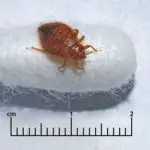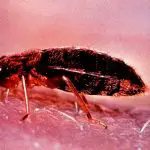How Do Bed Bug Encasements Work?
The hospitality industry is notorious for bed bugs, but encasements can help prevent them from laying eggs in your hotel bed. These encasements are typically placed on new or older beds. In addition to helping prevent bugs from spreading to new beds, they can also prevent them from remaining in the structure even after extermination.
While encasements can help contain the bed bug population, these encasements are not a cure-all solution. Even if bed bugs do remain inside the encasement, it is possible for the bugs to survive for months without feeding. A typical adult bed bug will live for over five months without a blood meal. This means that if you have an infestation, it’s vital to use heat treatments and bed bug encasements to control it and prevent future infestations.
In addition to providing preventive protection to your bed, encasements also help you detect bed bugs early. By placing an encasement on the mattress or box spring, the bugs cannot get inside and cannot hide there. This makes it easier to detect bed bugs during a visual inspection.
Encasements work best when the cover is tightly secured. The encasement should be attached to the mattress or box spring and should not be removed once it is installed. The encasement should cover the entire box spring and mattress. It should be sealed tightly, and the fabric must be bite-proof.








